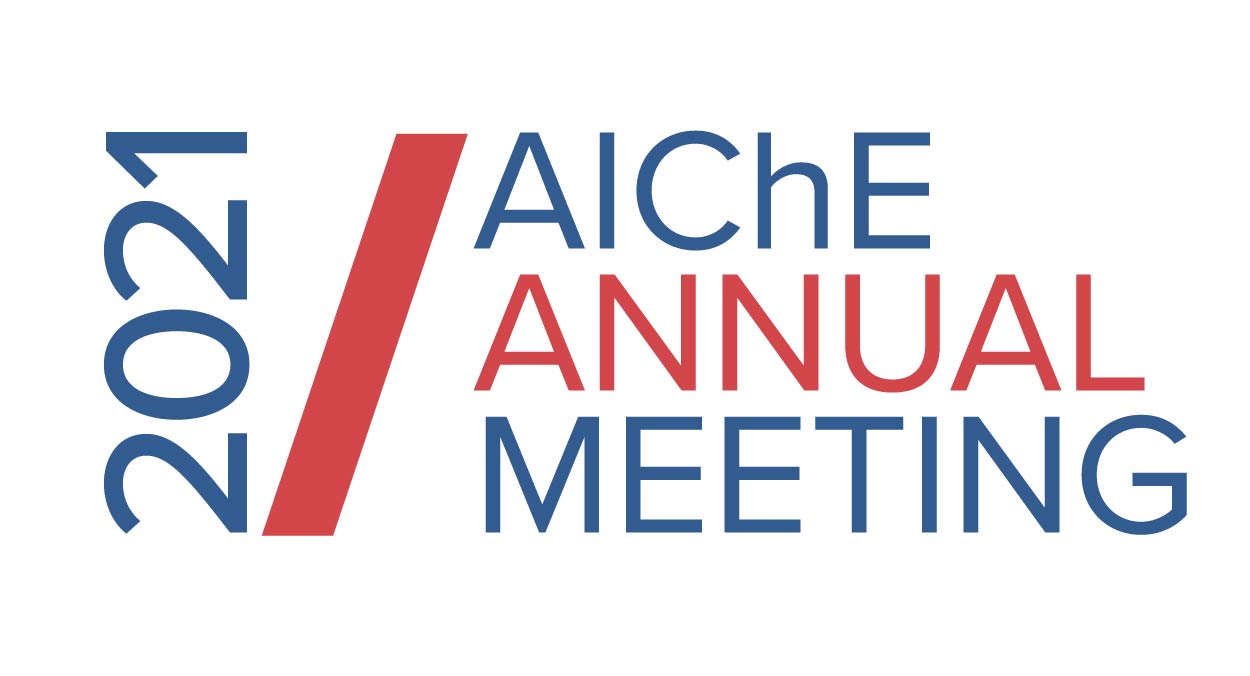

The literature on aerosol reactors, in drop-tube configurations, heated electrically or indirectly by solar radiation is extensive. There are case studies with these types of reactors producing tungsten carbide, for methane decomposition, the thermochemical reduction of Ceria, and the thermal ZnO dissociation. All previous studies supported that the small particles, in a drop-tube configuration, increased heat and mass transfer rates. At the same time, direct irradiation of the reaction zone and the particle phase potentially can lead to higher solar to chemical energy efficiencies than the indirect solar reactors. Direct irradiation of the aerosol requires an opening or transparent window. Until today, many studies investigated the flow patterns in windowed solar reactors numerically and experimentally, in an effort to address some of the practical challenges e.g. the protection of the reactor opening.
To alleviate some of the aforementioned challenges, this work suggests the use of a transparent tube (e.g. quartz tube) in a drop-tube configuration to directly irradiate the particle flow. Toward this, we developed and validated a single particle model for the conversion of aluminum hydroxides (Boehmite or Gibbsite) and higher Alumina-phases using concentrating light. The two materials have been selected because they are favored for their unique properties in industrial catalysis and refractory ceramics with a very wide market. Next, we investigated, numerically and experimentally, the hypothesis that from a phenomenological point of view the following two processes are equivalent: a) a small quantity of immobile particles (<8 mg) placed within a thin capillary (~ 1mm) exposed to a short pulse of concentrating light, and b) an aerosol of mobile and dilute particles passing through a concentrating light zone with fixed intensity. A hypothesis that was eventually rejected. On the other hand, the combination of the mathematical model and experimental results demonstrated qualitatively that it is possible to achieve the full conversion of Boehmite to γ- or δ-Al2O3 in short times with direct irradiation. Sensitivity studies with the mathematical model presented the possibility to fine tune a concentrated light driven aerosol (particle) process to achieve higher selectivity of specific products by taking advantage of the very high heat transfer rates and details of the reaction mechanism. In parallel, the same studies showcased how critical is to have a representative and accurate reaction kinetics model.
